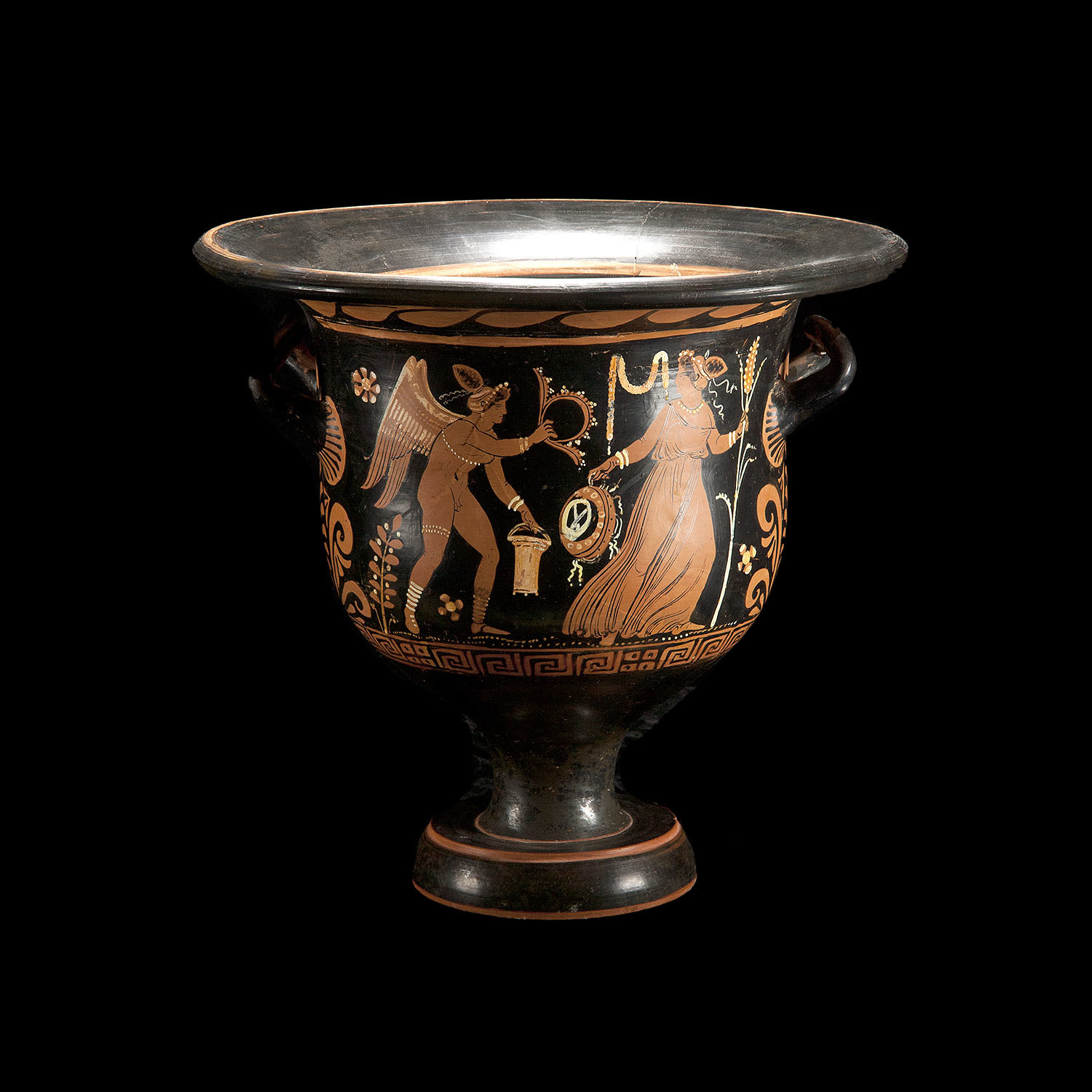That sums it up.
And when all things shall be subdued unto him, then shall the Son also himself be subject unto him that put all things under him, that God may be all in all. (1 Cor 15:28)
Getting back to the OP, while the following Scripture is directly applicable to Revelation, it is indirectly applicable to the whole Bible: The Revelation of Jesus Christ, which God gave unto him...(Rev 1:1)
When we read in the OT that "The Word of God (the LORD)" came to someone, it is to remind us that before His incarnation, Christ was "the Word of God".
And, behold, the word of the LORD came unto him, saying, This shall not be thine heir; but he that shall come forth out of thine own bowels shall be thine heir. And he brought him forth abroad, and said, Look now toward heaven, and tell the stars, if thou be able to number them: and he said unto him, So shall thy seed be. (Gen 15:4,5)
There is no avoiding the fact that "the Word of the LORD" appeared as a Person ("He") to Abram and then "brought him forth abroad and said...". This was none other than the pre-incarnate Christ.
Great post.
Not only do we find Jesus in every book of the O.T., but He even APPEARED in the O.T. since no eye has seen God,,,,surely when God appeared it was in the form of a man...or an angel (which might have been Jesus).
This is an interesting article:
Old Testament Appearances of Christ
Jesus is first seen in the Old Testament as the person who appeared as “the Angel of the Lord” in his sudden confrontation with Sarah’s maidservant, Hagar (Gen 16:7). Thereafter, he continued to appear intermittently throughout the earlier books of the Old Testament. These real occurrences, initiated by God, were characterized by the fact that they were convincing revelations of his person and work, as much as they were also transitory, fleeting, but audible and clearly visible appearances. He came temporally in the form of a human, much before his final incarnation as a babe in Bethlehem, yet this same “Angel of the LORD” is called and is addressed often as “the LORD/
Yahweh” himself (Gen 12:7; 17:1; 19:1; etc.).
This “Angel of the LORD” was a title that stood for his office, but it did not describe his nature. The Hebrew word for “angel” (
mal’ak) had the basic idea of one who was “sent,” a “messenger.” Of the 214 usages of the Hebrew term used for “angel,” about one-third of them refer to what is labeled by theologians as a “Christophany,” a temporary appearance of Christ in the Old Testament. It is certain, however, that this special angel of the Lord is divine, for Hagar “...gave this name to the LORD, who spoke with her [as the Angel of the LORD]: ‘You are the God who sees me,’ as she observed, ‘I have now seen the One who sees me’” (Gen 16:13). 1
Other instances of Jesus’ appearances in the Old Testament can be seen representatively in Genesis 22:11, 15, where it was the Angel of
Yahweh who spoke from heaven to Abraham when Abraham was about to sacrifice Isaac, and stopped him from proceeding. Again, it was the Angel of
Yahweh who appeared to Moses in the flame of fire in Exodus 3:2. Throughout the dialogue at that burning bush, it was also declared that he was no one less than “
Yahweh,” who spoke at that time, causing Moses to hide his face from him (Ex 3:6).
Later, it was the same Angel of the Lord who appeared to the wife of Manoah (Judges 13:2-25), mother of Samson, whom she reported to her husband was indeed a “man of God” that had appeared to her. When Manoah asked for the “Angel of the LORD” to also appear to him as he had appeared to his wife, the Angel repeated the appearances and his conversations to him, after which he ascended in the flame of the altar (Judg 13:20), implying the sacrifice was in worship of the Lord himself! Moreover, this “Angel” is regarded as a “Redeemer,” who saves Israel from evil (Isa 63:9).
How can readers of the Old Testament doubt that these sample instances, along with a host of other such descriptions in the earlier Scriptures, were anything less than preincarnate appearances of our Lord Jesus in real flesh, even if it was in those days only a temporary infleshment/incarnation for the immediate needs of the people until he would come and take on flesh permanently? Oftentimes Jesus came to earth to help his people in their distress and their need for direction. The only examples of the Angel of
Yahweh turning against Israel occur in 2 Samuel 24 and 1 Chronicles 21, where the Angel is the agent of God’s punishment of David, because he disobeyed God and conducted a national census.
source:
https://www.gordonconwell.edu/resources/Jesus-in-the-Old-Testament.cfm




